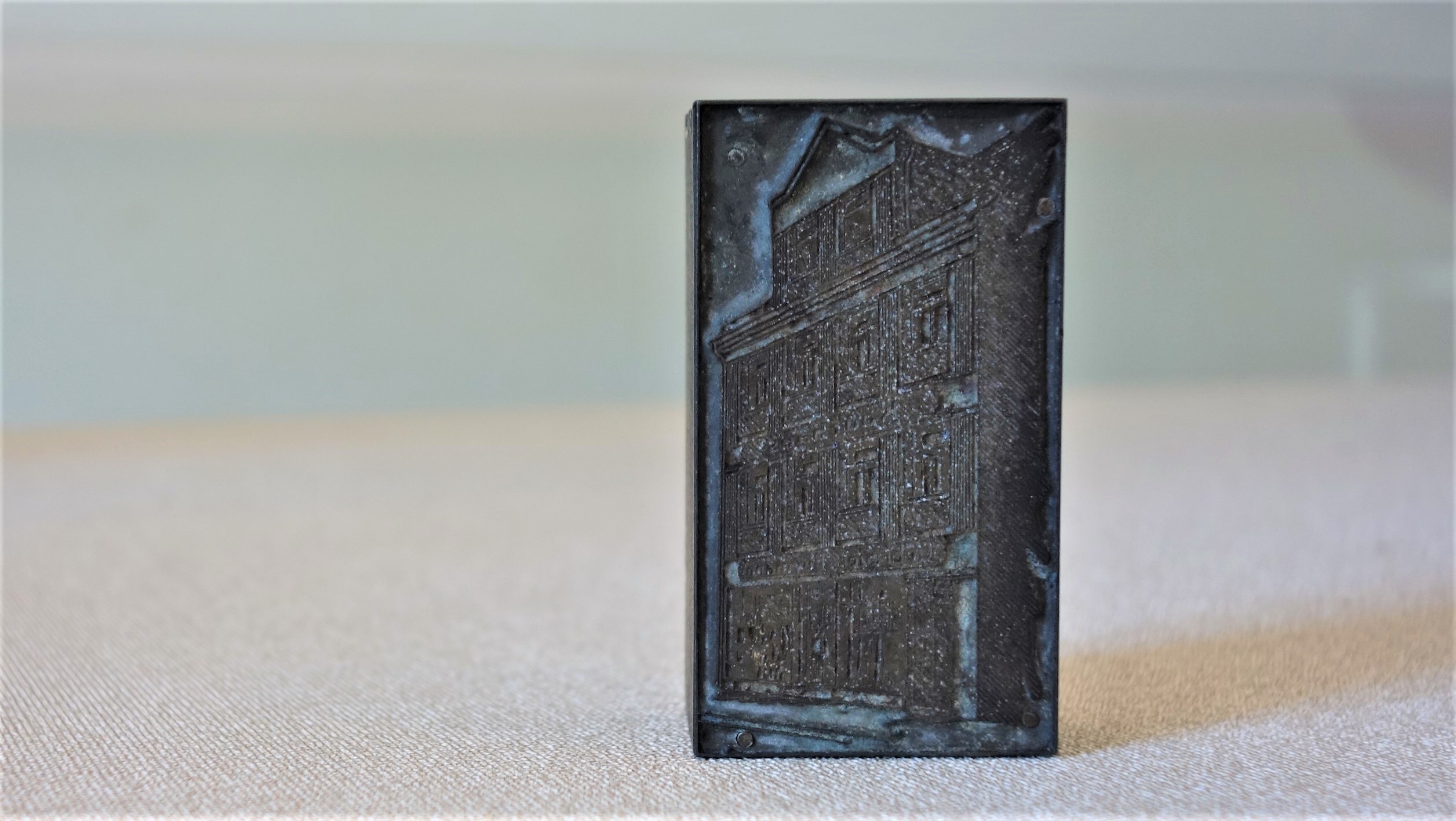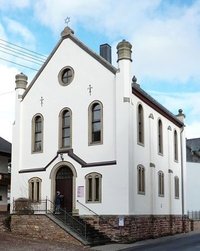The Heymann family built a residential and commercial house on the Kappeler Straße in Kirchberg in 1924/25. The brothers, David and Max, operated a „department store“ that carried textiles, woollens, bedsprings and „complete“ beds. Their distinctive exposed-timber house with its gabled roof was home to both families and their parents. It constituted the focal point for their lives while also embellishing their textile business’ company stamp.
On the 12th of August 1935, however, a decree was issued to all community councils in the administrative district of Simmern, prohibiting commercial dealings with Jewish businesses. After half a year of disfranchisement and discrimination, the Heymann family could no longer see a future for themselves in Germany. Max Heymann, his wife and both sons, Rudolf and Harry, officially departed Kirchberg and moved to the Horst-Wessel-StraĂźe in Cologne, from where they were able to flee to the USA where David and his family had already found refuge.
Upon graduating high school, Harry Heymann was drafted into the U.S. Army and was sent back to Germany as a young American soldier immediately following the war. To his family’s dismay, he chose to stay. Over time, he enjoyed great demand as an actor and founded the pantomime theatre „Die Gaukler“ (The Jesters) in Stuttgart. In 1982, he co-directed the autobiographical film „Regentropfen“ (Raindrops) in Kirchberg, in which the character, Bennie Goldbachs, tells of his childhood in the small town up to his emigration; in his novel „Einmal Exil und Zurück“ (Once in Exile but Back Again), published in 2005, he portrays his own life’s story.
Harry Raymon donated the „Heymann Brothers“ company stamp to the “Förderkreis” of Synagogue Laufersweiler in 2017 while visiting his old hometown on the occasion of the laying of the first stumbling blocks in Kirchberg. Since that time, a small plaque also commemorates Harry and his family in front of their home and store.
de

